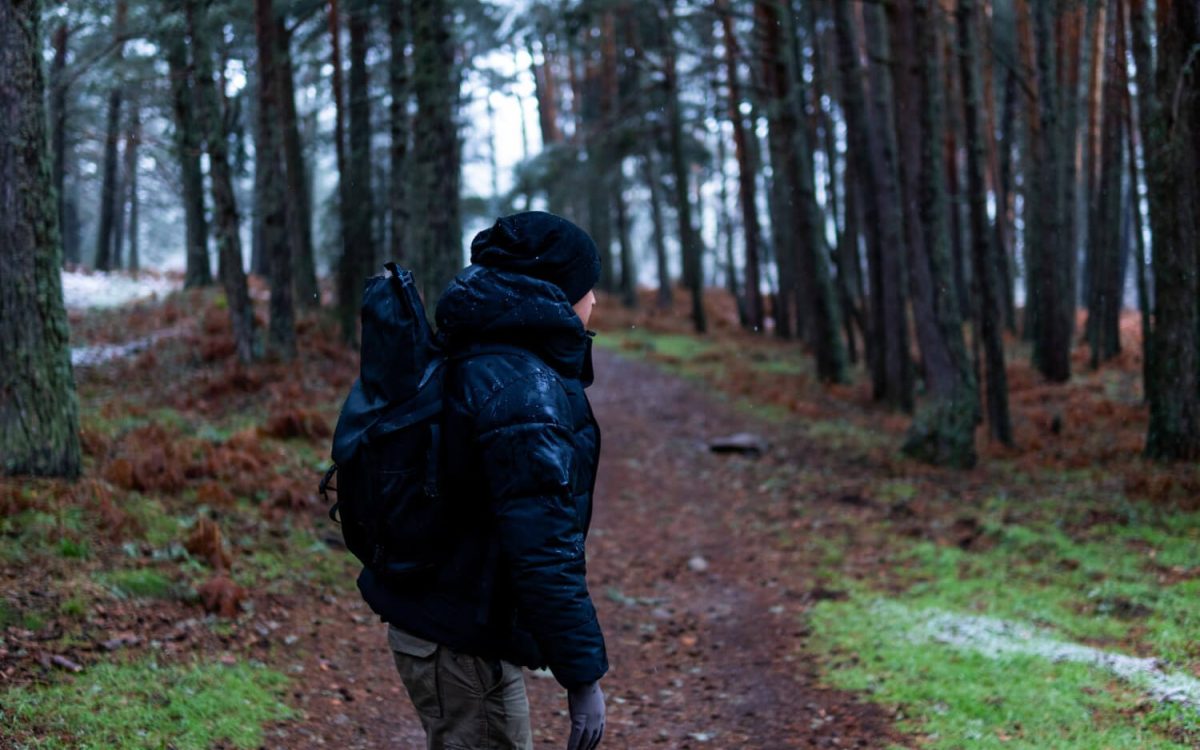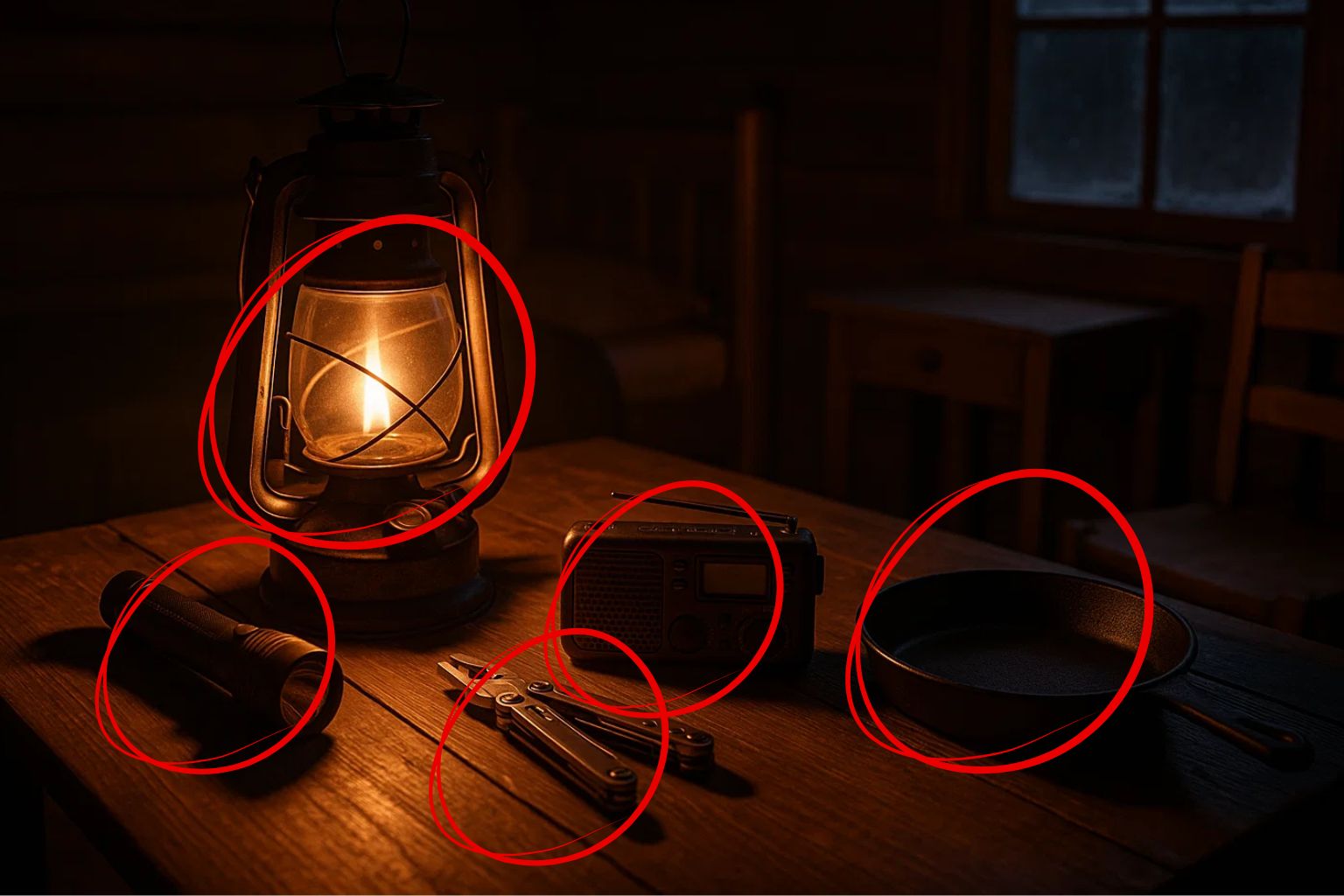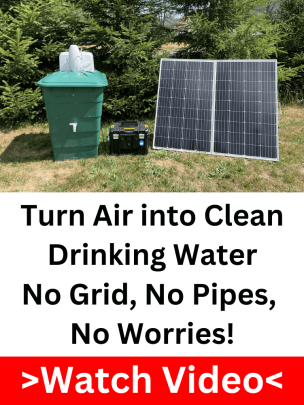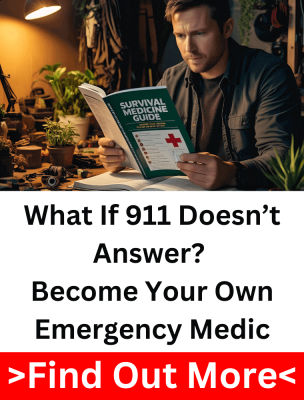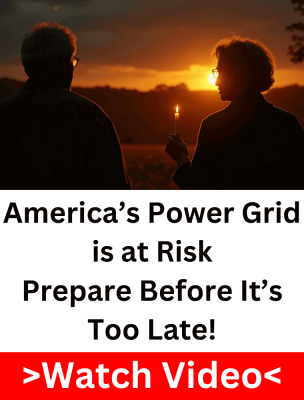You’re out for what was supposed to be a short hike. No cell signal. No familiar trail markers. The sun’s lower than you thought, and every direction looks the same. The moment you realize you’re truly alone in the wild… that’s when it hits you. Your heartbeat spikes. Your mind races. But what you do next is what matters.
Getting lost in the wilderness doesn’t have to end in disaster, but it does require knowing exactly what to do if lost in the wilderness. These first five moves can mean the difference between getting found and getting deeper into trouble. Stay with me, because the next few minutes could shape how you survive the next few days.
S.T.O.P.
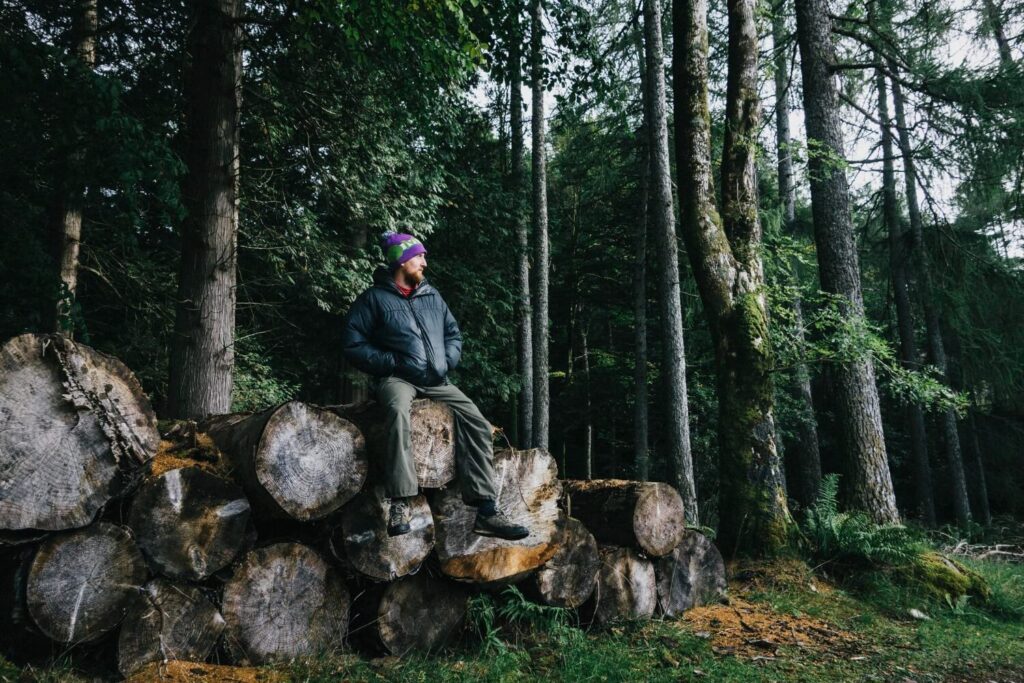
The first instinct most people have when they realize they’re lost is to keep moving, fast. That’s exactly how folks go from a manageable situation to a full-blown emergency. This is where the S.T.O.P. method comes in: Stop, Think, Observe, Plan. It’s simple, but it’s saved more lives than most survival gear ever will.
Stop. Don’t take another step. The more you wander, the more ground you cover, and the harder it is for anyone to find you. Sit down, breathe. Your mind might be racing, but slowing your body is the first way to slow your thoughts. Think. When did you last know where you were? What direction were you heading? Don’t rush to answer, just let your head start sorting it out. Observe everything: the terrain, your supplies, the time of day, even the weather. And finally, Plan. Not a panic plan. A real one. Based on facts, not fear.
This is the moment where your outcome is shaped. Survival isn’t just about gear or strength, it’s about making calm decisions under pressure. Before you figure out what to do if lost in the wilderness, you have to stop yourself from doing something reckless. Everything that follows depends on whether you can do that first.
Should You Stay or Start Moving?
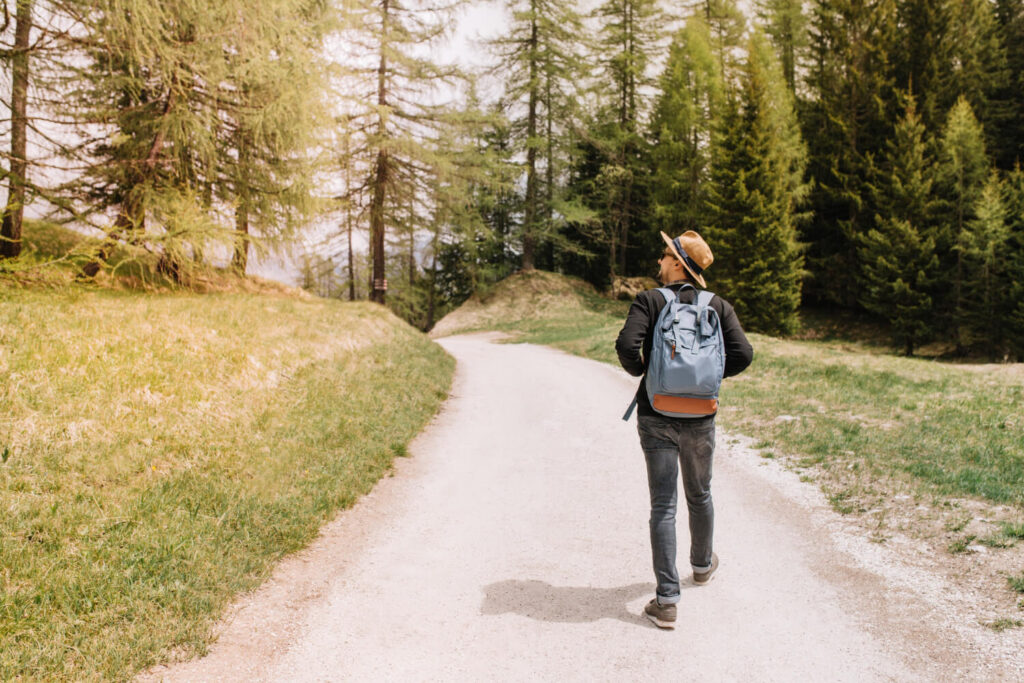
Once you’ve taken a moment to breathe and assess, the next big question hits: do you stay put or try to find your way out? Here’s the hard truth: most people make the wrong call. If someone knows you’re missing, the best move is usually to stay where you are. Moving blindly through unfamiliar terrain not only gets you more lost, but it also makes it harder for rescuers to find you. Staying put gives you a chance to conserve energy, protect yourself from the elements, and increase your visibility.
Other Article: 7 Weapon Skills Preppers Must Master Before SHTF
But if nobody knows you’re gone or your location is unsafe, movement might be your only option. In that case, it has to be deliberate. Choose a direction based on real clues, like the sound of running water or a visible valley, and mark your path as you go. Break branches, stack rocks, or leave visible signs behind. The goal isn’t just to find your way out, it’s to not disappear completely. Making the right call here is one of the most overlooked but critical first steps when lost in the woods.
Shelter
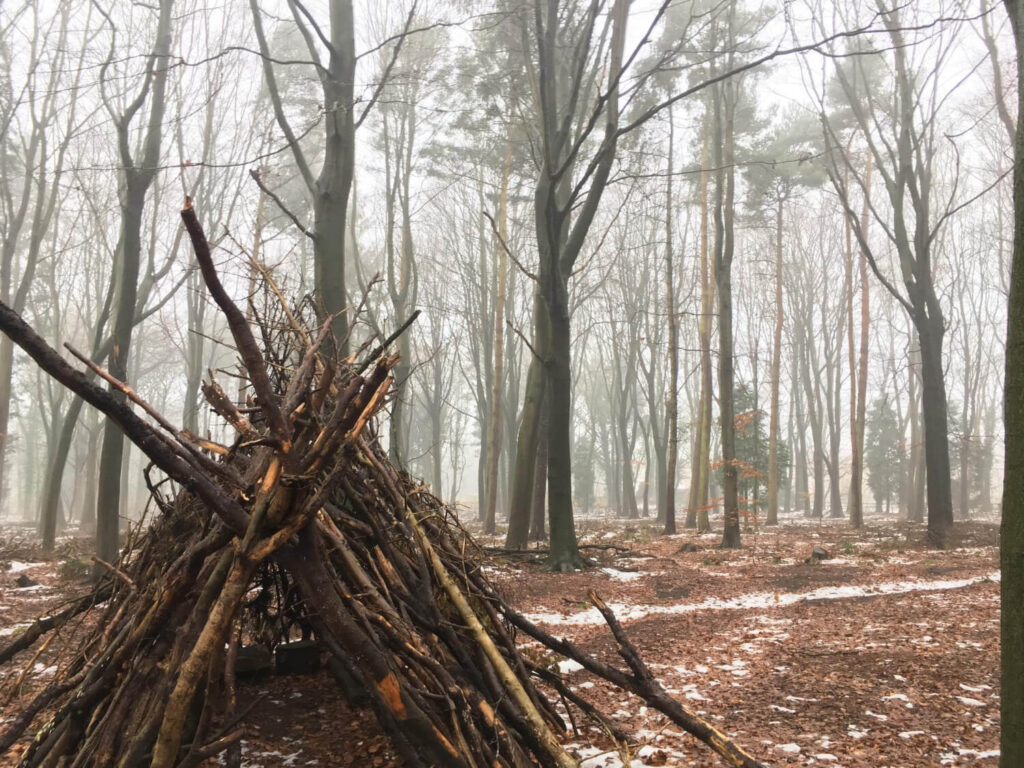
You can go days without food. Maybe a day or two without water. But just a few hours of cold rain, wind, or dropping temperatures, and your body will start to shut down. Exposure kills fast, especially if you’re tired, wet, or the sun’s going down. That’s why, after assessing your situation and deciding whether to move or stay, the next priority is shelter. Not food. Not fire. Shelter.
Time of day matters more than you think. If it’s already afternoon, you need to get working while you’ve still got daylight. Terrain matters too; don’t pick a spot in a low area where cold air or water will collect overnight. Look for natural cover like thick trees, large rocks, or fallen logs. The goal is to protect yourself from wind, rain, and ground chill.
If you’re carrying a tarp or space blanket, use it. No gear? Build a quick debris shelter. Stack branches to form a simple frame, then cover it with leaves, pine needles, or whatever’s available. Always lay down a thick bed of insulation between you and the ground; losing body heat through contact is a mistake that gets people in trouble fast.
Other Article: 7 Natural Antibiotics Every Prepper Should Stock Now
And here’s a big one to avoid: don’t waste time building something too complicated. You’re not crafting a wilderness lodge, you’re making a barrier between you and the elements. A basic, tight shelter that keeps you dry and off the ground is worth far more than something big and pretty. In most survival cases, a quick shelter is your best defense while figuring out how to survive being lost in the forest.
Make Yourself Seen and Heard
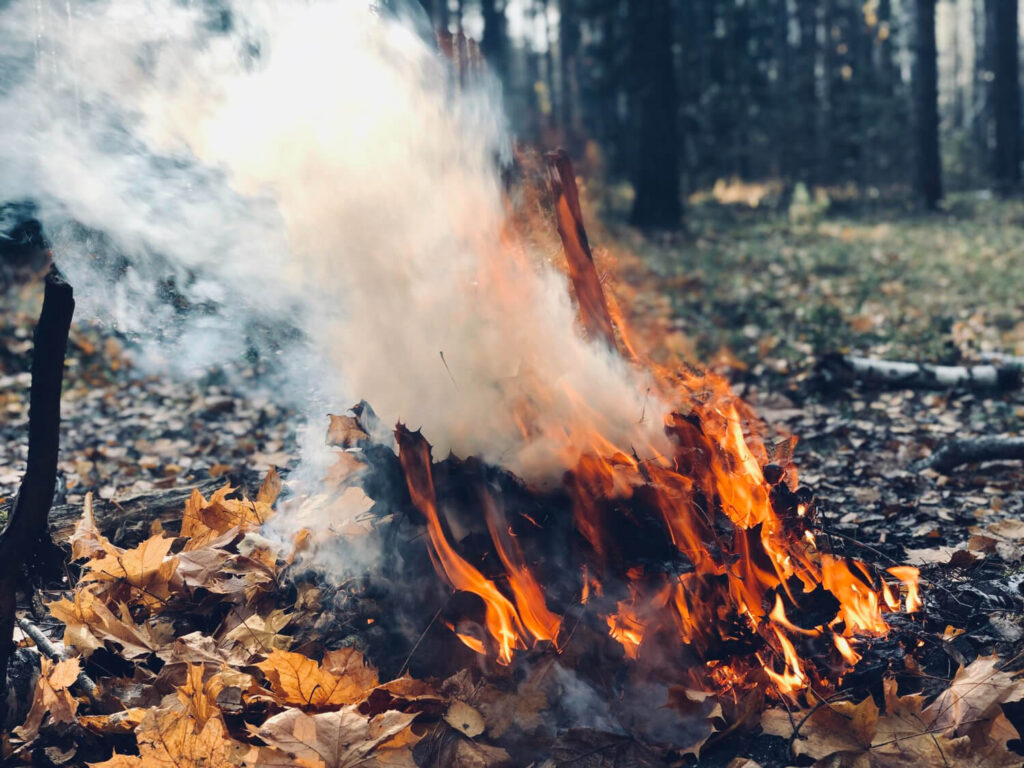
Once you’re sheltered, it’s time to shift your mindset from survival to getting found. Rescuers can’t help you if they don’t know where you are, and they’re not looking for a ghost. You need to make noise, make smoke, and leave signs that scream, “I’m here.” That starts with signal fires; three in a triangle is the international distress call. Even just one fire with thick, green vegetation tossed on top can produce smoke that travels far.
A loud survival whistle works better than shouting, especially if your voice is strained or weak. Blow three short blasts, pause, and repeat. It’s simple, it carries through trees, and it doesn’t drain you. If you’re in an open area, use what’s around you to create ground signals, big “X” or “SOS” shapes with rocks, logs, or gear. Bright colors help if you’ve got them, but even contrast in shape or texture can stand out from the crowd.
Here’s a trick older outdoorsmen swear by: if you’ve got a mirror, or anything shiny like a phone screen, you can use sunlight to flash a signal miles away. It’s old-school but effective. In remote areas, these small efforts stack up, especially when done consistently. Don’t assume once is enough. Keep signaling. Someone might be closer than you think, and these are real survival tips for being lost in the wild that save lives.
Other Article: If You Plan to Survive in the Wild, Don’t Forget These
Water
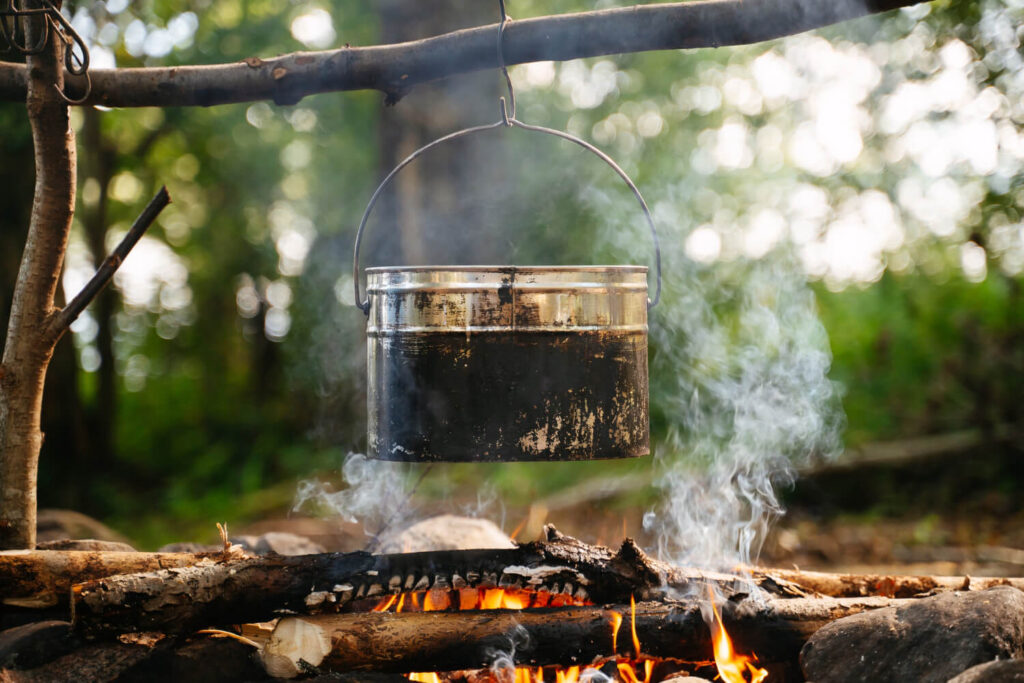
Dehydration doesn’t hit all at once, it creeps up when you’re not thinking about it. You’re sweating, stressed, maybe pushing through thick woods, and then suddenly your head’s foggy and your body’s running on empty. Most folks don’t even realize how far gone they are until it starts slowing them down. That’s why finding clean water early matters. You need to stay sharp and steady if you’re gonna make smart decisions out there.
Look for moving water first. Streams and creeks are usually cleaner than still water and easier to purify. If you don’t see anything nearby, listen; running water can be heard from a distance, especially in quiet woods. Rainwater is your safest bet if it’s available. If not, try collecting morning dew by dragging a clean cloth across the grass, then wringing it into a container. Always filter or boil water before drinking, even if it looks clean. Bacteria and parasites don’t care how thirsty you are.
Other Article: Trouble with Fresh Eggs? Here’s What to Fix
If you’ve got water purification tablets or a metal container to boil with, use them. But if you don’t? Let the water sit long enough for the sediment to settle, and pour off the clearer top. It’s not perfect, but it’s better than nothing. Don’t wait until you feel lightheaded; by then, you’re already behind. A good wilderness survival guide for beginners always puts water near the top of the list, and this is why. You can’t keep going if your body’s running dry.
Essential Tools to Keep You Alive If This Happens
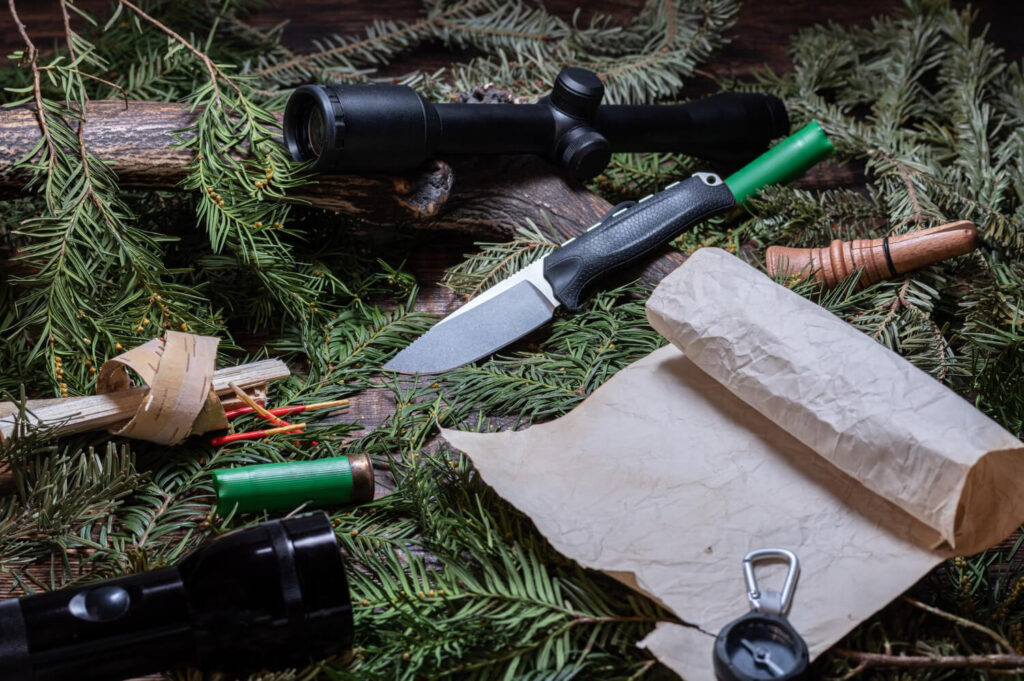
The truth is, making it out of the woods isn’t always about some big survival move, it’s often about what you had on you when things went wrong. You don’t need to be loaded down with gear. Just a few small things in your pocket or tossed in your daypack can change everything. A basic multi-tool, a whistle, a firestarter, maybe some water tabs, they’re light, they don’t take up space, and when you’re out there on your own, they can make the difference between a close call and a real bad night.
These aren’t luxury add-ons, they’re your backup plan. If you’ve got a way to cut wood, signal for help, build a fire, and purify water, you’ve already stacked the odds in your favor. Nobody plans to get lost, but smart people prepare like it’s a possibility. Toss that mini kit in your glove box or backpack and forget about it until you need it. Because if you ever do, you’ll be glad it was there.
When you realize you’re lost, it’s not about how tough you are, it’s about what you do in that very first minute. Stop. Breathe. Think. Those small decisions stack up fast. Whether it’s staying put, building a shelter before the cold creeps in, signaling smart, or finding water without making yourself sick, each move matters. That’s the real answer to what to do if lost in the wilderness, it’s a mindset, backed by a few key actions.
You don’t need fancy gear or elite training to make it out. You need to be calm. You need clarity. And maybe a few simple tools you can count on when things go sideways. Survival isn’t about being perfect, it’s about doing the next right thing, one step at a time. Keep that in mind, and you’ve already got an edge.

